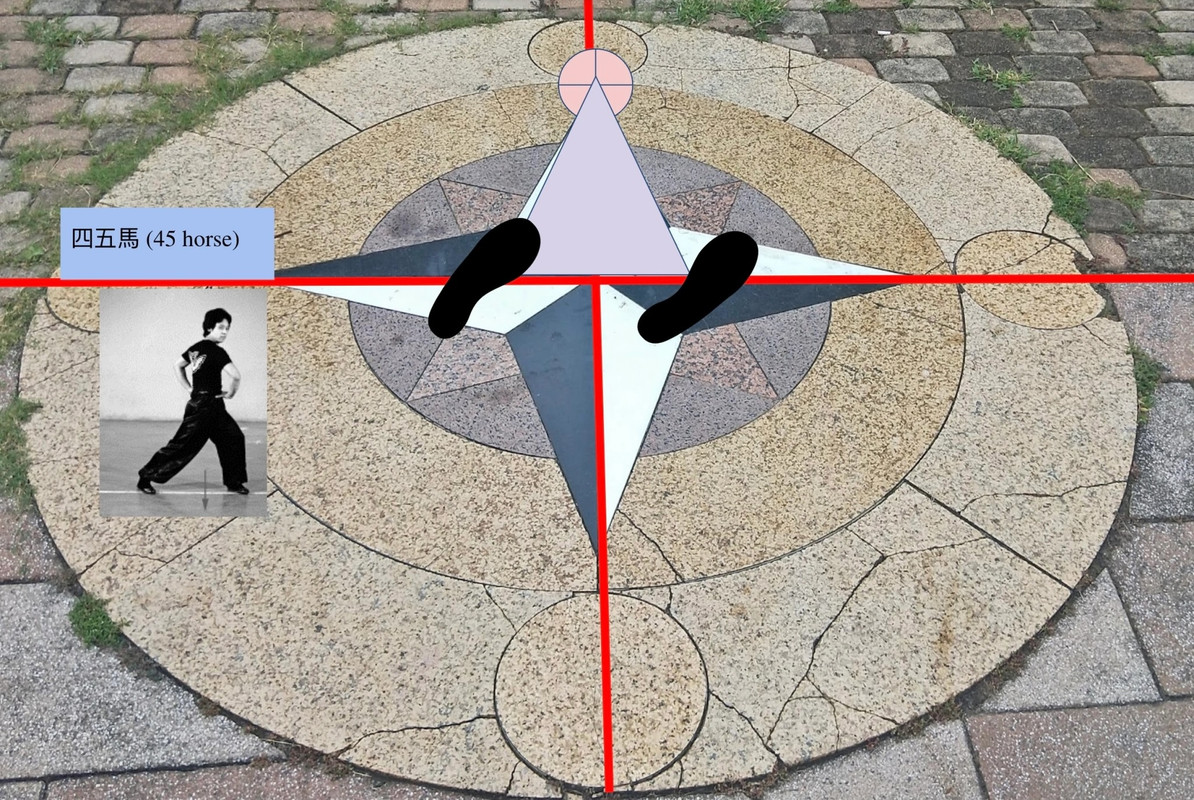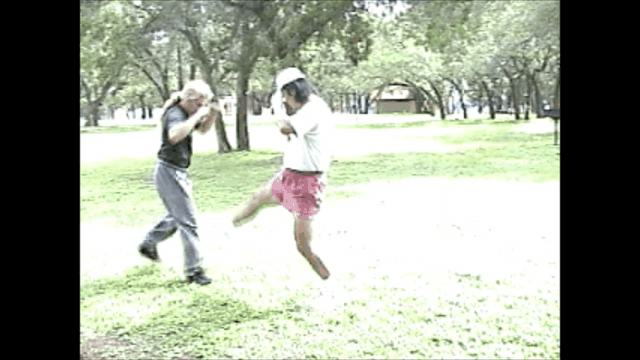Even in your own picture, the foot range is much larger than the hand range.
The mind has no range.
One can operate either on the outside or inside of the circle—each requiring an understanding of
different engagement ranges.
The first step is controlling space, leading to bridging the gap, i.e., getting within range.
Establishing the bridge "contact"
note: "contact" does not have to be physical ,
training to make this true starts from the physical.
The examples you've posted focus on controlling the body without first addressing control of space.
In styles where grappling is the focus and strikes are not a concern due to rule sets, this may not be an issue.
outside the circle : practice bridging the gap with covering movement. broken down into 3 movements, 2 movements, 1 movement.
Each starting from the same range bridging the gap, outside the striking ranges indicated..
The goal to be able to do it using one covering movement to none.
Inside the circle : change postion as needed, clap at the first sign of movement.
One of the central ideas was to move in between the gap of movement and no movement.
The drill one of many ways it can be trained.
Knew people who could cover the distance before a person could put their foot down attempting to move...
They caught between stepping unable to change.
Taiji works the same, depending on practice.
training the mind
There is such a thing as an interval into which not even a hair can be put. We can speak
about this in terms of your own martial art.
"Interval" is when two things come one upon another, and not even a hairsbreadth can be
slipped in between them.



